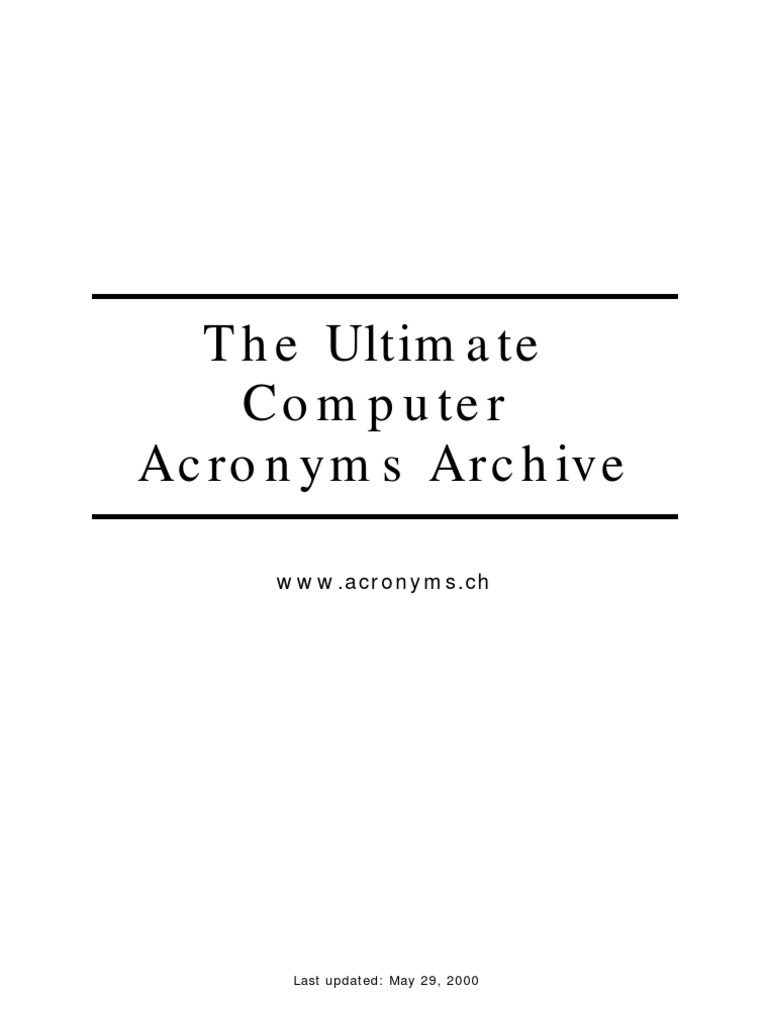
Trzeciak, Maciej MajdaÅ„ski, Mariusz BiaÅ‚as, Sebastian GaczyÅ„ski, Edward Maksym, Andrzejīraniewo2014 reflection and refraction experiment was realized in cooperation between Polish Oil and Gas Company (PGNiG) and the Institute of Geophysics (IGF), Polish Academy of Sciences, near the locality of Braniewo in northern Poland. Seismic reflection data imaging and interpretation from Braniewo2014 experiment using additional wide-angle refraction and reflection and well-logs data Second, we have jointly inverted WAS refracted and reflected phases with only streamer (MCS) reflection travel-times. First, we have tested traditional travel-time inversion scheme using only WAS data ( refracted and reflected phases) with typical acquisition geometry with one ocean bottom seismometer (OBS) each 10 km.
#Reflex gpr demultiplex series
We show with a series of synthetic tests following a layer-stripping strategy that combining these two data sets into joint travel-time tomographic method the drawbacks of each data set are notably reduced. This allows performing joint travel-time tomographic inversion based on refracted and reflected phases from both WAS and MCS data sets.
#Reflex gpr demultiplex code
We have adapted the well-known and widely-used joint refraction and reflection travel-time tomography code tomo2d (Korenaga et al, 2000), and its 3D version tomo3d (Meléndez et al, 2015), to implement streamer data and multichannel acquisition geometries. However, the number of available codes that can jointly invert for both types of data is limited. A well-known strategy to overcome these limitations is to combine MCS and WAS data into a common inversion strategy. While it has refractions that allow retrieving velocity information, the data sparsity makes it difficult to define velocity and the geometry of geologic boundaries (reflectors) with the appropriate resolution, especially at the shallowest crustal levels. Compared to MCS data, conventional wide-angle seismic (WAS) travel-time tomography uses sparse data (generally stations are spaced by several kilometers). Traditional MCS images provide good information on position and geometry of reflectors especially in shallow, commonly sedimentary layers, but have limited or no refracted waves, which severely hampers the retrieval of velocity information. Joint refraction and reflection travel-time tomography of multichannel and wide-angle seismic dataīegovic, Slaven Meléndez, Adrià Ranero, César Sallarès, ValentÃīoth near-vertical multichannel (MCS) and wide-angle (WAS) seismic data are sensitive to same properties of sampled model, but commonly they are interpreted and modeled using different approaches.

The preferred interpretation of the geophysical data is that one composite plate, composed of the Pacific and Yakutat plates, is subducting beneath southern Alaska.« less Wide-angle seismic data are consistent with a 9 to 10 landward dip of the subducting Pacific plate, distinctly different from the inferred average 3 to 4 dip of the overlying 6.9-km/s refractor and Wadati-Benioff seismic zone. Both wide-angle seismic and magnetic anomaly data indicate that the Yakutat terrane has been underthrust beneath the Prince William terrane for at least a few hundred kilometers. Beneath this reflector is a 6.9-km/s refractor, that is strongly reflective and magnetic, and is interpreted to be gabbro in Eocene age oceanic crust of the underthrust Yakutat terrane. This reflector corresponds to the top of the Wadati-Benioff zone seismicity and is interpreted as the megathrust. A landward dipping reflection at depths of 16-24 km is interpreted as the base of the Prince William terrane. An interpretation consistent with these data extends the Prince William terrane to at least 18-km depth. Modeled velocities in the upper crust of the Prince William terrane (to 18-km depth) agree closely with laboratorymore » velocity measurements of Orca Group phyllites and quartzofeldspathic graywackes (the chief components of the Prince William terrane) to hydrostatic pressures as high as 600 MPa (6 KBAR). Wide-angle seismic reflection/ refraction profiles recorded along 5 seismic lines are used to unravel this terrane geometry. In this complex region, the Yakutat terrane is underthrust beneath the Prince William terrane, and both terranes are interpreted to be underlain by the Pacific plate.

In the northern Gulf of Alaska and Prince William Sound, wide-angle seismic reflection/ refraction profiling, earthquake studies, and laboratory measurements of physical properties are used to determine the geometry of the Prince William and Yakutat terranes, and the subducting Pacific plate. Mapping the megathrust beneath the northern Gulf of Alaska using wide-angle seismic reflection/ refraction profiles


 0 kommentar(er)
0 kommentar(er)
